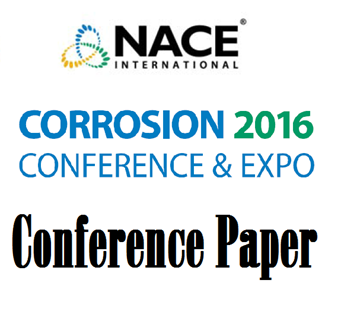Search
51316-7039-Silica Removal By A Novel Electrochemical System
Also Purchased
51316-7070-Reliability Assessment Of Offshore Asset Under Pitting Corrosion
Product Number:
51316-7070-SG
ISBN:
7070 2016 CP
Publication Date:
2016
$20.00
51316-7065-Coating Deterioration-A Mechanistic Overview
Product Number:
51316-7065-SG
ISBN:
7065 2016 CP
Publication Date:
2016
$20.00
51316-7058-Galvanic Series in Seawater as a Function of Temperature Oxygen Content and Chlorination
Product Number:
51316-7058-SG
ISBN:
7058 2016 CP
Publication Date:
2016
$20.00
Recently viewed




